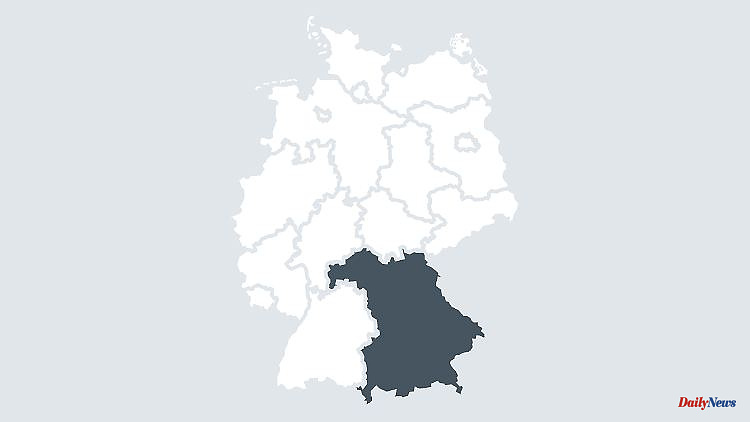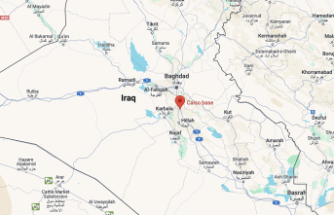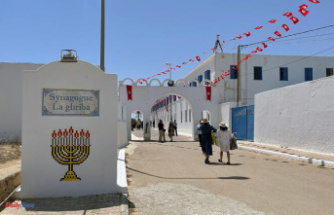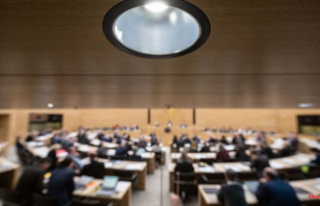In many cities, climate change requires structural responses to protect people and animals from heat and drought. The municipalities in the Free State should therefore rethink architecture.
Munich (dpa / lby) - Bavaria's municipalities and urban planners should in future place a special focus on animal-friendly and natural design in residential construction projects. "Climate protection and natural diversity are the foundation for Bavaria's cities of the future. We have to rethink architecture for the city of tomorrow," said Bavaria's Environment Minister Thorsten Faithr (free voters) on Wednesday in Munich. So-called sponge cities with a lot of blue and green infrastructure that can absorb and store precipitation will be needed in the future. "The aim is to create living space for people and nature under one roof."
So that the needs of the future can be better taken into account in urban planning, Glauber relies on the findings of the "Animal Aided Design" (AAD) project of the Center for Urban Nature and Climate Adaptation at the Technical University of Munich. Municipalities and planners should be able to use the recommendations for action gained there for animal-friendly and natural design.
"The results of the model project are forward-looking: Cities that create habitats for animals and take the needs of animal species into account when renovating and building new ones can maintain or even increase their biological diversity," emphasized Glauber. "We want to bring biodiversity and nature experiences back to our cities in Bavaria. Cities should be designed as hot spots for biodiversity."
More than 70 percent of Bavaria's population lives in cities. These have long been an important habitat for animals and plants and can be very species-rich. According to the Ministry of the Environment, around 18 percent of the city area in the state capital of Munich alone is subject to nature conservation protection, with more than 3,000 mapped plant and animal species to date. Depending on the species group, the state capital is home to 30 to 60 percent of the plant and animal species found in Bavaria on less than 0.5 percent of the state's area - including many rare species that need to be protected.
The Center for Urban Nature and Climate Adaptation has been working with municipalities and partners in the Climate Alliance since 2013 to develop practical solutions for sustainable and climate-adapted urban development. The research project "Animal Aided Design" builds on the recommendations of a guideline for urban trees in climate change. It shows municipalities and planners which tree species should be planted at which location in the city in order to optimally use the ecosystem services of city trees in times of climate change. For example, large cities in dry Franconia should plant plants such as false acacias with low water consumption and high drought tolerance.












